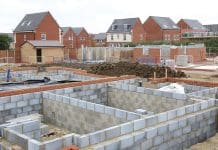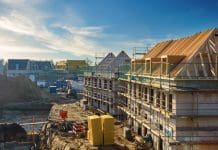During a time when the entire sector is facing challenges, partnerships can help ease the load, reduce risk and ultimately lead to a better impact on housing targets, says Gracewood Group’s Charles Pear
Meeting housing demand in the capital has never been so crucial, especially for those truly in the need for affordable housing. The onset of inflation at rates never seen by many, especially on essential items such as groceries and home heating will put a further strain on the demand for efficient, affordable housing. Is the budget there for Registered Social Landlords (RSLs) to deliver these given the strain on remedial works and upcoming net zero plans?
There needs to be a further cash injection to hit these targets and deliver much needed homes. We see a two-pronged approach, delivering the needed remedial and upgrade works, while making space in areas that once were not thought possible, including airspace development.
Many councils and local authorities are committed to building new homes at affordable and social rents to address escalating demand, but these programmes are significantly affected by a shortage of land within council ownership, acquisition costs for sites and planning considerations relating to the siting of new build developments.
But updating tired London estates does not need to mean costly demolition and decanting residents. What is needed is forward thinking planning to transform traditional estate configuration into something that is refreshed and innovative, while bringing communities together.
From transforming under-used car parking spaces and garages, modernising tired landscaping and play areas and building on top of existing structures – where ‘free’ space can be unlocked – is the answer to the ever difficult housing issues that Housing Associations and the boroughs face.
There is a huge opportunity to utilise airspace in the capital with significant numbers of housing blocks that could benefit from additional storeys, while estate regeneration can bring these homes into the 21st century. However, it requires specialist expertise and understanding to make it happen.
Building new homes upwards while renovations take place makes for a more efficient way forward in creating much needed new homes. Importantly, it requires no decant of existing residents, no loss of community and delivers new housing within established estates. We believe it is an innovative, long-term solution to deliver much needed homes within London.
Communication goes a long way when working in close proximity to peoples’ homes, we’re very conscious of that and as long as tenants are kept constantly in the loop on construction works, residents can be accommodating, especially when improving where they live.
Mile End development
Take our Mile End development on the Eric and Treby Estate, for example, we believe this project will set a precedent for future airspace developments, and forms part of the solution to the UK’s housing shortage. Using innovative and MMC, we are not only building more homes, but we and our partner EastendHomes are also rejuvenating the estate and improving the environment for residents.
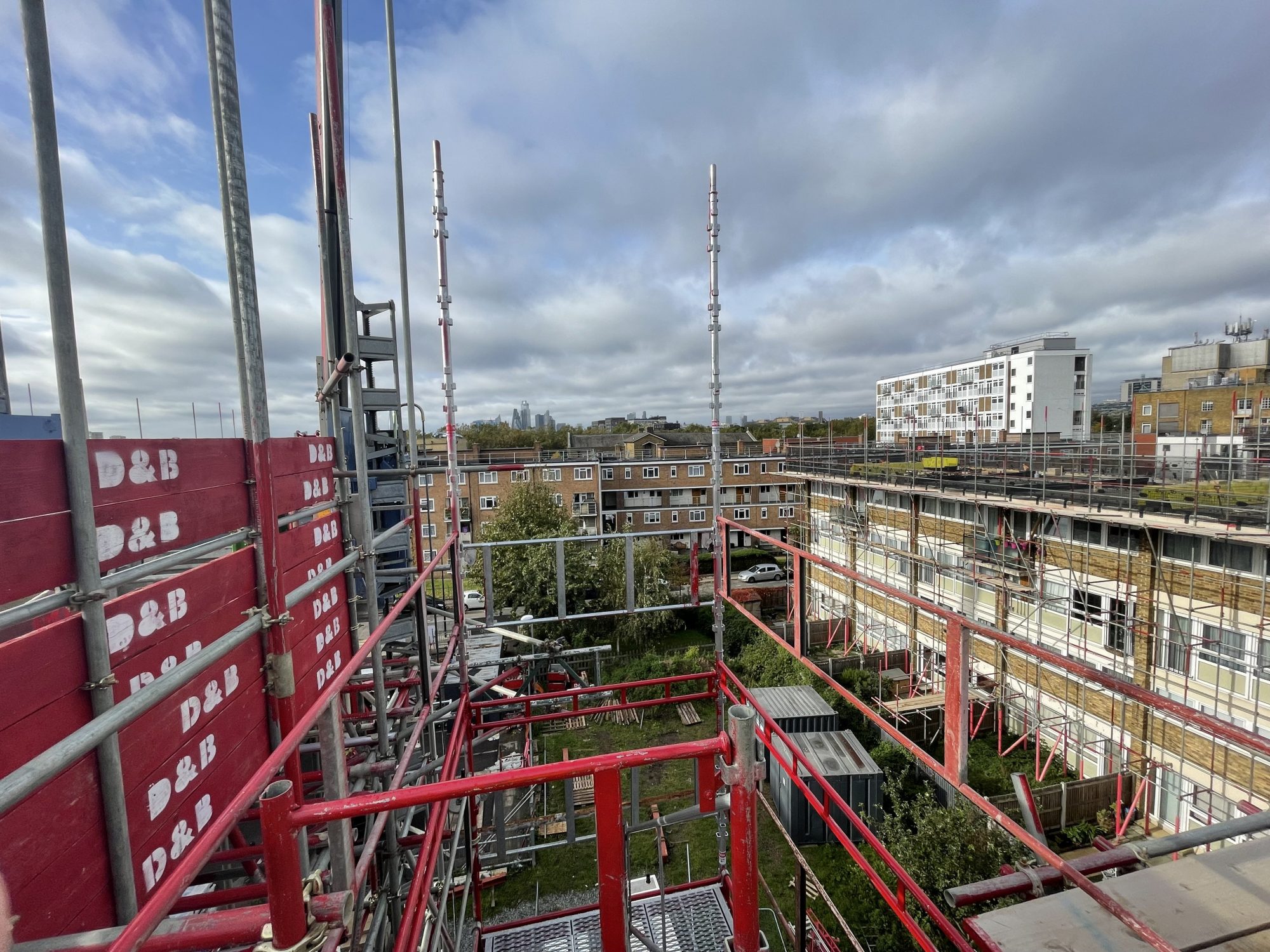
Other works on the site includes building new homes in dis-used garage space, landscaping, upgrading children’s play areas, introducing lifts for the use of all residents, new bin & cycle storage and security upgrades. All things that will add value to residents’ existing properties.
Local authorities and housing associations do not always have the capacity to develop their own homes and without collaboration from the private sector they will simply not be able to meet housing targets. Our partnership model can help fund wider estate renovation and the delivery of affordable housing stock.
We believe it is by working with town planners and gaining full planning permissions for extra refurbishment works that delivers a better end product for all parties. We find this a more transparent way to work with partners and their tenants at each stage of the planning process to ensure scheme design is correct with any issues being ironed out from the beginning. It is this type of partnership that can provide a sustainable housing solution for the future.
A new House of Lords Built Environment Committee report, recently stated that by just building extra homes for the sake of new homes numbers, affordability will not be addressed and that different types of property are essential for meeting the real demand. We feel that investing in existing housing stock, addressing building issues, improving efficiency while delivering new homes in established communities is where the solution lies.
Charles Pear

Group Director and Partner
Gracewood Group
LinkedIn: Gracewood Group UK


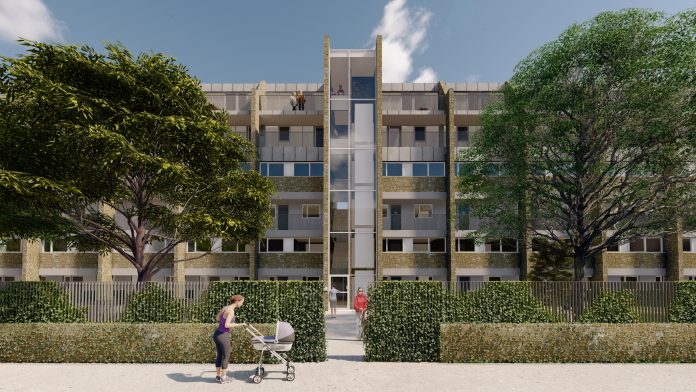


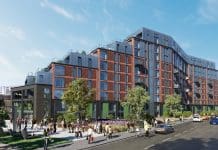
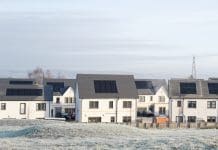
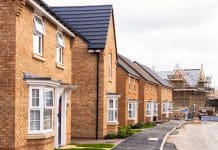
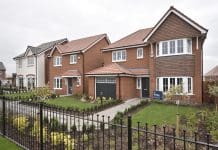
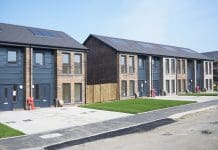

![[VIDEO] NHBC brings together sector leaders at Affordable Housing Innovators event NHBC, the UK’s largest new homes warranty and insurance provider, recently hosted the first Affordable Housing Innovators event in partnership with the British Property Federation](https://www.pbctoday.co.uk/news/wp-content/uploads/2025/02/iStock-184846177-1-218x150.jpg)

